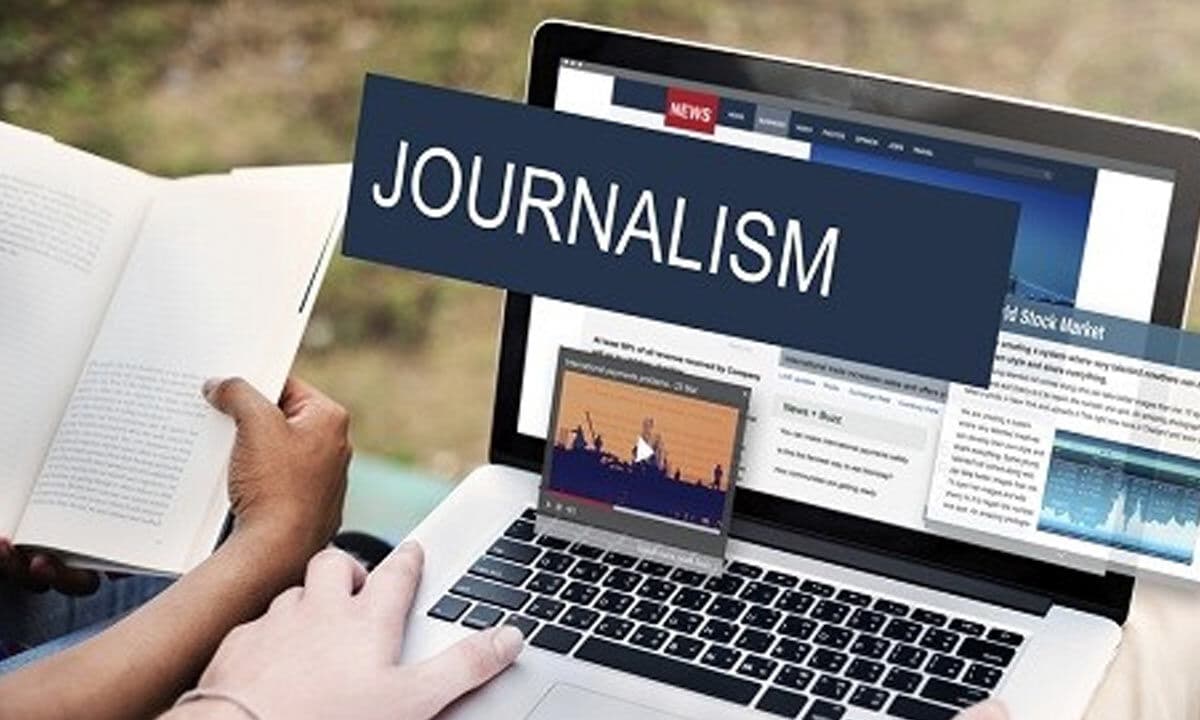
In recent decades, the media landscape has undergone a dramatic transformation. Digital technologies have not just entered everyday journalistic practice—they have completely redefined it. Whereas traditional news sources once included print publications, radio, and television, today the leading role is played by online platforms, social networks, mobile apps, and personalized content delivery algorithms.
Hungary, like other European countries, is experiencing an active phase of mediatization—a process in which media not only serves as a communication channel but becomes a full-fledged participant in social, political, and cultural processes. In this environment, journalism ceases to be one-way broadcasting and evolves into a dialogue between media platforms, users, and algorithms.
New Formats and Roles: The Journalist as a Cross-Platform Operator
Digitization has changed not only how information is distributed but also how it is created. Today’s journalist is no longer just a writer of texts. They are a videographer, analyst, podcaster, storyteller, and even user interface designer. Modern editorial teams expect staff to be skilled in data visualization tools, audio production, and cross-platform content creation.
Social networks are playing an increasingly important role. They are both a source of news and a channel for its distribution. In Hungary, more and more media organizations such as Telex or 444.hu are focusing on Instagram, TikTok, and YouTube Shorts as full-fledged platforms for engaging with younger audiences.
However, this also increases the burden on journalists, who must now not only create content but also act as marketers promoting it and moderators interacting with audiences in real time.
Challenges of Digital Journalism: Credibility and Fake News
One of the key challenges of the digital age is the issue of credibility. In a world where any user can act as a “media outlet,” standards of fact-checking are easily violated, the line between news and opinion becomes blurred, and fake news spreads at viral speed.
This problem is especially acute in political contexts. In Hungary, where the media environment has been under the scrutiny of international human rights organizations for years, digital journalism faces the critical task of maintaining independence and objectivity. Journalists often work under pressure, manipulation, and attempts at discreditation. At the same time, digital technologies can become a tool of protection—for example, through blockchain verification of sources or AI-driven detection of manipulative headlines.
Opportunities for Audiences and New Forms of Participation
One of the positive aspects of digital journalism is the engagement of the audience in the news production process. Comments, likes, shares, and user-generated content make the media space more interactive. Citizens are no longer just passive recipients of information—they become its co-authors.
Hungarian projects such as Partizán or Átlátszó actively use crowdsourcing and public information requests as ways to involve readers in journalistic investigations. This fosters a new culture of media responsibility, where the audience not only trusts the journalist but also becomes part of the media process itself.
The Role of Artificial Intelligence and Algorithms
Another significant trend is the use of AI in journalism. Algorithms can analyze large amounts of data, automatically generate brief articles, and select relevant content for users. However, there is a risk: algorithms often serve the interests of platforms, not users, creating so-called “information bubbles.”
This is particularly relevant for Hungary, given the polarization of public opinion and the high degree of media politicization. If social media algorithms cater to users’ existing views, they deepen segmentation and lower the overall level of media literacy.
Nonetheless, when used wisely, AI can assist journalists—especially in analyzing open data, detecting anomalies in large information flows, or personalizing content without distorting reality.
Ethical Dilemmas and Digital Security
The digital environment creates new ethical challenges. Where is the line between freedom of speech and the spread of misinformation? How acceptable is it to use user data for content targeting? How can transparency of algorithmic decisions be ensured?
These questions are especially relevant for Hungarian journalists, who face realities such as digital surveillance, data leaks, censorship, and manipulation. Education in digital security, the use of encryption, and working through secure communication channels are becoming essential parts of the profession.
At the same time, international platforms such as Reporters Without Borders or the European Centre for Press and Media Freedom offer tools and support to protect journalists in digital spaces.
Looking Ahead: Adaptation and Resilience
Digital journalism in the era of mediatization is not just a new form of an old profession. It is a fundamental rethinking of the role of media in society. Success here depends not so much on technical equipment as on the ability to adapt, think critically, and uphold high professional standards.
For Hungary—at the crossroads of cultural, political, and digital currents—it is essential to build independent, resilient, and trustworthy journalism. And while the challenges continue to grow, the opportunities—from new platforms to international collaborations—open a new era of interaction, experimentation, and growth for journalists.
Digital journalism is not only a challenge for the media sphere but also a chance for its renewal. The only question is who will seize this opportunity—and how.